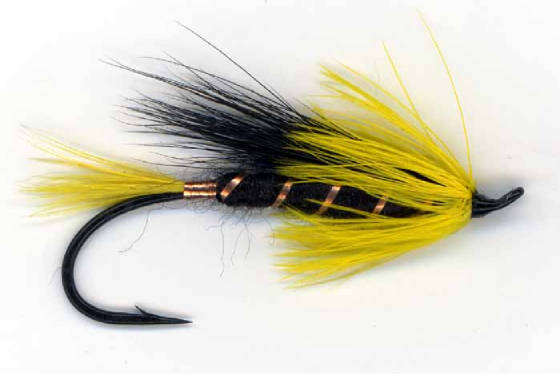Welcome to River Magic
Stillwater Slim on the Line ... June 30, 2009
|
 Another topic was planned for this week’s column, but plans were changed at the suggestion of a friend visiting this afternoon. He complained of seeing anglers fishing recently that need reminding of live release angling do’s and don’ts. I witnessed a similar incident a week earlier, so some discussion of live release angling seems appropriate. These points are taken from the Atlantic Salmon Federation’s pamphlet, Live Release – It’s Catching On.
Live Release Angling
Live release angling is a proven conservation tool and an important contribution by anglers to restoration of salmon runs, resulting in more repeat spawning salmon that grow very large. Carefully released wild Atlantic salmon live and go on to spawn, increasing their numbers. Many anglers have made the personal decision to practice live release. The pay-off is personal satisfaction and future encounters with more and larger salmon.
DO use barbless hooks. They are removed quickly and easily, increasing survival of both adult and juvenile salmon. That’s why barbless hooks are now a legal requirement for salmon angling in Nova Scotia.
DO remove hooks very carefully. In quiet water, bring the salmon within reach. Leaving the salmon in water and without squeezing it, remove carefully with pliers or thumb and forefinger. If necessary, cut the leader near the fly and spare the fish, or break it off after a jump or two.
DON’T exhaust the fish. Support the salmon underwater facing the current, handling it as little as possible. Severe exhaustion reduces the salmon’s odds of surviving. Play the fish sensibly and keep it in the water.
DON’T hold a salmon out of water. It desperately needs oxygen from water to recover. Just imagine being exhausted, but unable to breath. If you’d like to have a photo, remember to keep the fish in the water, except for a very brief FIVE seconds or less for the image to be taken.
Live release is now practised by conservation-minded anglers since it allows them to “give back” to the sport, and make a personal commitment to the future of wild Atlantic salmon. It is now widely practised in many countries, including Russia, Scotland, and Canada.
My own opinion is that live release angling is an important conservation measure that is here to stay on the St. Mary’s River. However, I also believe that it may be possible to permit some retention of angled salmon on the St. Mary’s in future as well, but not before we establish goals and make progress regarding key issues of conservation, management, habitat quality, the aboriginal fishery, and hatchery supplementation. These issues are all being dealt with on Nova Scotia’s Margaree River, where live release angling and grilse retention now co-exist, contributing over $2.3 million annually to that rural economy. If it can be done on the Margaree, why not the St. Mary’s?
Now, here’s a wet salmon fly designed by Nova Scotia’s retired fishing/hunting/tourism ambassador, Bill Bryson of Stewiacke, NS.
Mighty Bryson
Hook: Mustad 36890, Sizes 2-8 Thread: Black 8/0. Tail: Yellow hackle tip Rib: Flat copper from a scouring pad, three extra wraps after the tail but before beginning of body Body: Black wool Wing: Black squirrel tail Hackle: Yellow, tied in as a collar and slanted backward Head: Black 8/0 thread, finished with 2 coats of Anglers Corner Wet head cement
Enjoy your fishing and please stay on the line … |